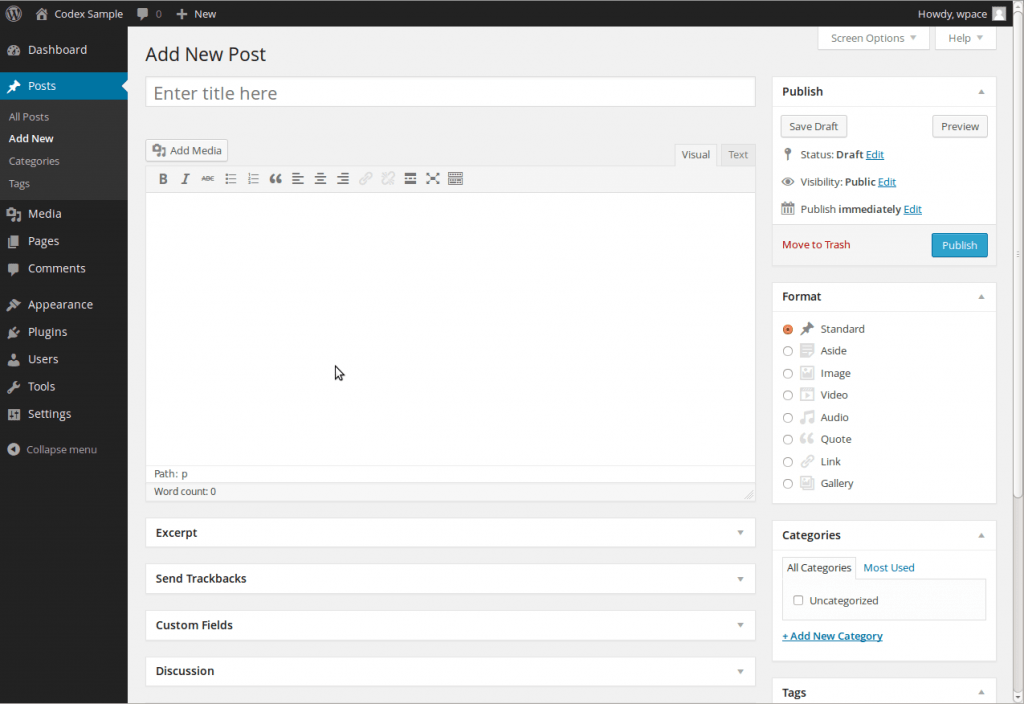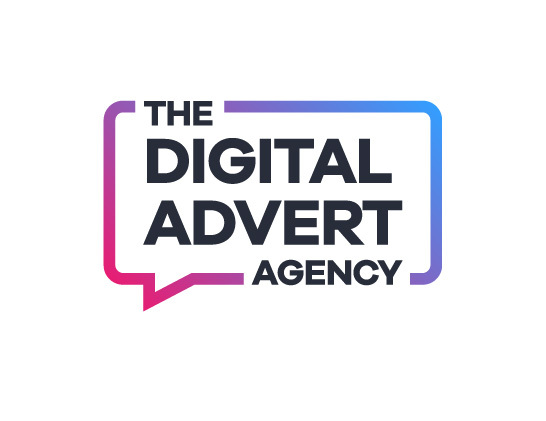Don’t know your SERPs from your URLs? Our SEO jargon buster will help you navigate the complex world of search engine optimisation with ease.
301 redirect
This is the permanent redirect of one web address to another – so for example, if you changed your domain from johnsmith.co.uk to smiths.co.uk, you’d want to put a 301 redirect in place so that if someone types in the old address, they get sent straight to the new one.
302 redirect
This one’s a temporary redirect of one web address to another. These aren’t used as frequently as 301 redirects, but can be useful if you have a webpage under construction, or a promotional page that will be removed in time.
404 page
A 404 page is what appears when a page on your website can’t be found, either because the link has been removed or because someone’s entered the link incorrectly.
Algorithm
All search engines use algorithms – these complex computer programs are what determines which pages get to rise to the top of the rankings. They determine how content is read and indexed, and changes to algorithms can have huge impacts on your position – for better or worse.
Anchor text
This is the visible text that’s used to display a link – for example, if you click on the pink words in this sentence, they’re anchor text for a blog all about hashtags and whether they actually work.
Alt text
Alt text is used primarily with images. The purpose of alt text comes from the early days of the internet when images could take a long time to load, or simply fail to load – if this happened, the alt text would describe what the image was. These days, alt text is useful for search engines to identify what an image is of, and also for screen reader software to describe an image to a visually impaired person.
Authority
Every website has a certain level of authority, according to search engines – this is the trust the search engine has in your website. Google doesn’t necessarily tell you how much authority your website has, but other SEO tools have developed ways of representing your website’s authority.
Backlink
When another website links to yours, this is called a backlink. Backlinks are an extremely important part of SEO, as they help search engines to determine how relevant and trusted your website is. The more relevant backlinks you have, the higher you’re likely to appear.
Bounce rate
This is what’s used to represent how many people visit just one page on your website before backing out.
Canonicalization
If you have a lot of similar, but not the same, pages on your website – for example, if you are a clothing brand and you have a page for each colour of a garment – you can set one page as the ‘canonical’ page. This helps search engines to understand that you aren’t just copying and pasting content onto multiple pages to try and rank better, but that you have similar pages and to treat the canonical page as the default.
CMS
CMS stands for Content Management System, and this is usually the building block behind your website, allowing you to use templates to create different pages. Systems include WordPress, Umbraco, Joomla, Perch, Drupal and many more.

Content
Content covers a huge variety of things – text, images, video and more. Check out our blog about content marketing for a full breakdown.
Core Web Vitals
This is a new initiative brought in by Google to guarantee speed and stability of websites. Read more about it in our blog on Core Web Vitals.
Crawler
All search engines use programs known as crawlers to visit websites, read them and index them, which then allows the search engine to recall them later as needed.
CSS
Standing for Cascading Style Sheet, CSS is what makes your website look the way it does by defining an overall style for it.
Duplicate content
Duplicate content is typically bad news for websites – it’s considered to be the reposting of the same content on your own website, or ripped off from another website and posted on yours. Google and other search engines don’t like duplicate content and can penalise websites that feature it heavily, but you may have legitimate reasons for having duplicate pages – see our entry on canonicalization for more information.
Googlebot
This is the name of Google’s own crawler! Other search engines have different names for theirs – Bing’s is called Bingbot and Baidu, the Chinese search engine, calls theirs Baiduspider.
H1 and H2 tags
H1 and H2 tags are the tags you use to assign text as a Heading 1 or Heading 2 style. H1 and H2 styles (as well as H3 and H4) are helpful for search engines as they enable them to better understand the hierarchy of content on a website.
HTML
HTML stands for Hyper Text Markup Language and is the language of the internet – all websites are coded in HTML of some kind, often supplemented with CSS and JavaScript.
Index
This is the process that search engines use to add your website to their database, or ‘index’.
Keyword
A keyword is a word or phrase that someone types into a search engine to find what they’re looking for. There are short-tail (1-3 words) and long-tail keywords (3 words or more).
Landing page
This is the page that people ‘land’ on when they click on a link via a search engine or other source. Typically, landing pages are either important pages on your website or they’re specific pages you’ve constructed for people to ‘land’ on first.
Links
Links are elements on a web page that allow you to click and be taken to another page. This could be an internal link – a page on your own website – or an external link, which goes to someone else’s website.
Meta tags
Meta tags are little snippets of code that sit in the header of your website and provide information for search engines. The two most important ones are the meta title, which provides the link title on Google or other search engines, and the meta description, which gives a short description of the page.

Sometimes, search engines generate these themselves depending on what will be most relevant to the searcher, but by adding a meta title and description, you can steer them in the right direction.
Nofollow
Nofollow is an attribute you can add to a link to make sure no authority is passed on from your website to another. It’s often used by bloggers or newspaper websites.
Noindex
Noindex is a command you can include in the robots.txt document to stop search engines from indexing a specific page. There aren’t many pages you won’t want indexed, but things like shopping baskets or application pages shouldn’t be indexed.
Page speed
This one does what it says on the tin – page speed is how fast a page on your website loads. Not to be confused with site speed, which is how long it takes a collection of pages to load.
Robots.txt
Your robots.txt document contains important information that tells search engine crawlers what to index and what not to index. This little document is vital to your SEO success and if it’s set up incorrectly, can cause a lot of problems. Some CMS platforms like WordPress will sort this out for you, but it’s worth double-checking any solution that’s been put in place.
Schema
Schema markup is similar to meta tags, in that schemas are little snippets of code that tell search engines more about a page. Schema markup goes a bit deeper than your meta title and description tags however, and provides rich content details – like star ratings or reading time – to search engines and social media platforms to help enhance your links.
SEO
Search engine optimisation is the collective name for the techniques and methods people use to make their website as search engine friendly as possible.
SEM
SEM stands for search engine marketing, a blanket term covering pay-per-click advertising on search engines and SEO.
SERP
Search engine results pages, or SERPs, are the listings that come up whenever you search for something.
Sitemap
A sitemap is effectively a catalogue of all the pages on your website, with each link listed out. Having a sitemap can help search engines to crawl your site more effectively.
Spider
Another name for a crawler.
Static page
A static page never changes – so this could be a piece of standard information on your website, rather than a blog or a homepage that gets updated frequently.
URL
This stands for Uniform Resource Locator – or, in other words, the technical name for a website address.
Still stumped?
We hope our jargon buster has been helpful but if you’re still struggling to make heads or tails of the expansive world of SEO, have a chat to our experts. We’ll develop a strategy that works – visit our digital marketing services page to find out more.
- Snap x Cameo: Snapchat’s new partnership with Cameo - 9 May 2022
- The latest Twitter changes – May 2022 - 4 May 2022
- The State of Facebook Ads in 2022 - 1 April 2022
Contact us to find out more
Ready to step into the world of digital advertising? Drop our team a message to find out how we can make your business a success online.


